Spring flowering bulbs like daffodils and tulips are one of the great joys of gardening and create the most perfect welcome to spring. Their fleeting nature just makes it more special, so all too soon the moment has passed, and our attention turns to towards flowers for summer. This raises the question of what’s best to do with those daffodils and tulips that have already done their bit.
Many of us will want to clear the space for new flowers but retain the bulbs for a repeat of the spring show. For those bulbs to flower well next year they must be left to grow on and renew their energy reserves. However, if they are in the way of new plants coming in, or just look a bit too unsightly, they can be moved, to grow on somewhere else.
What should I do after my spring bulbs have flowered?
After the flower heads of spring bulbs fade, they are always best snipped off as soon as possible, so no energy is wasted on developing them.

DP42 Compact snips, DP120 Softies Scissors, DP1034 Expert Fine Pruner & DP1036 Drop Forged Pruner
Their leaves should be left in place, ideally for around 6 weeks after flowering, so they can carry on feeding the bulbs and recharge the energy store for next year. It’s best to just leave them as they will eventually die down naturally. Don’t be tempted to smarten up the leaves by tying them up in bunches as this will severely decrease their ability to photosynthesise and feed the bulbs.
Should I lift spring bulbs after flowering?
Tulips will in fact benefit from a being lifted and given a dry dormant period in summer for the bulbs to ripen and rest. There is a lot of contradictory advice out there about daffodils, but it should be noted that daffodils do prefer to be left alone and moving them needs to be done with care or they may miss a year’s flowering until they have established themselves well again. An alternative to lifting them is to grow them in large containers that can be planted over or moved out of the way once the displays are over. The best advice if you are lifting any spring bulbs is to lift late and replant early.
How do I lift spring bulbs?
Any bulbs can be lifted carefully to minimize damage to the roots and the leaves, then replanted into pots of compost and placed out of the way in a partially shaded spot to grow on. Initially planting them in a bulb planting basket makes the process of lifting them really quick and easy. This is also a good time to gently divide and separate clumps if the plants are becoming congested.
Be sure to keep the compost only just moist as overwatering may cause the bulbs to rot. If in doubt, keep the compost on the dry side rather than wet. Plants can be given a boost at this stage with a top dressing of flower bulb fertiliser or sulphate of potash.
Once the leaves have yellowed, the bulbs can be left to dry out and go dormant to give them a rest. Tulips are more susceptible to rotting than daffodils and will then benefit from being lifted from the compost and placed in tray to aid the drying out. Giving bulbs a dry dormant period in summer will not only protect them from rot but also help ripen the bulbs for next year.
Bulbs can then be planted in the autumn, to flower again next spring. A good indicator of when to plant out bulbs is when the soil temperature has cooled to at least 13°C (55°F), that’s usually when night temperatures are regularly getting down to around 5°C (41°F). This will encourage bulbs to make strong roots rather than wasting energy producing any top growth. Using a purpose made bulb planter will make the process quick and easy, long handled bulb planters are great if you have a bad back or have a large area to plant.
Another dressing of flower bulb fertiliser or sulphate of potash after planting will help them achieve the best results. Don’t be tempted to put fertiliser in the planting hole as this may cause root burn and damage the bulbs.

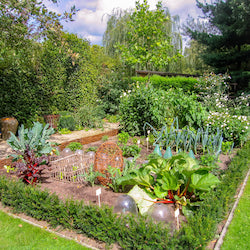
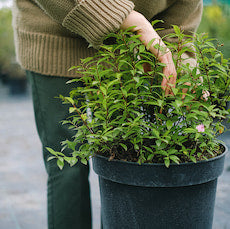
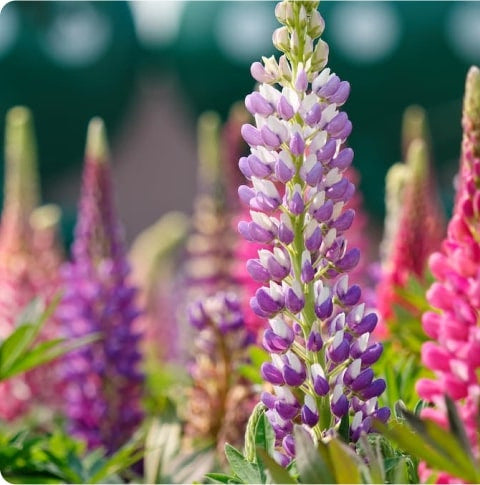

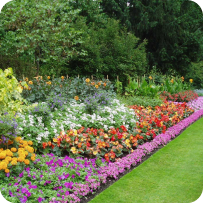
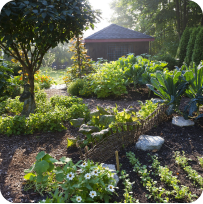





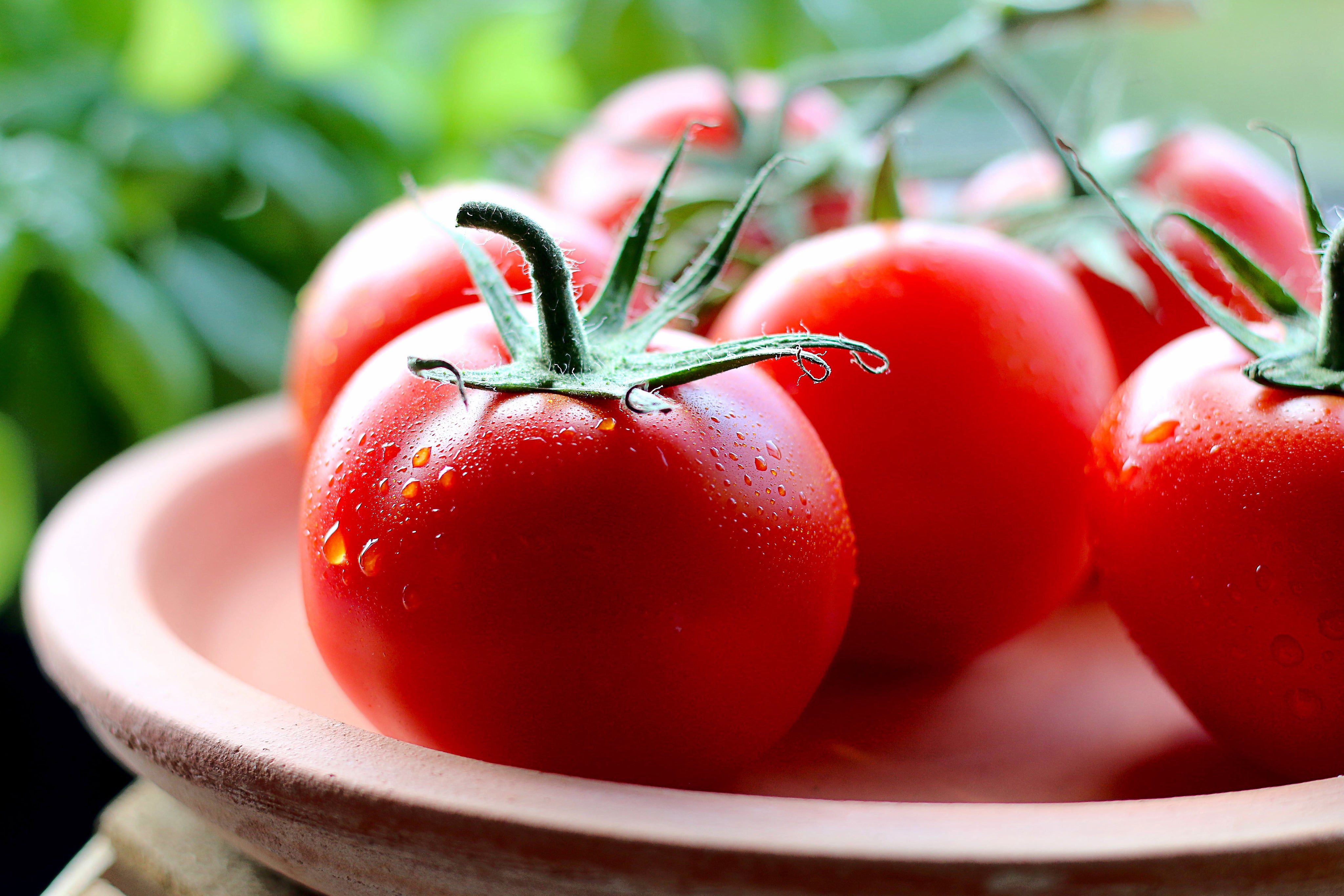

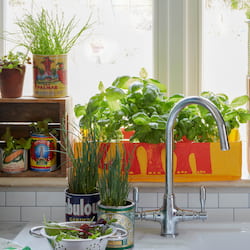
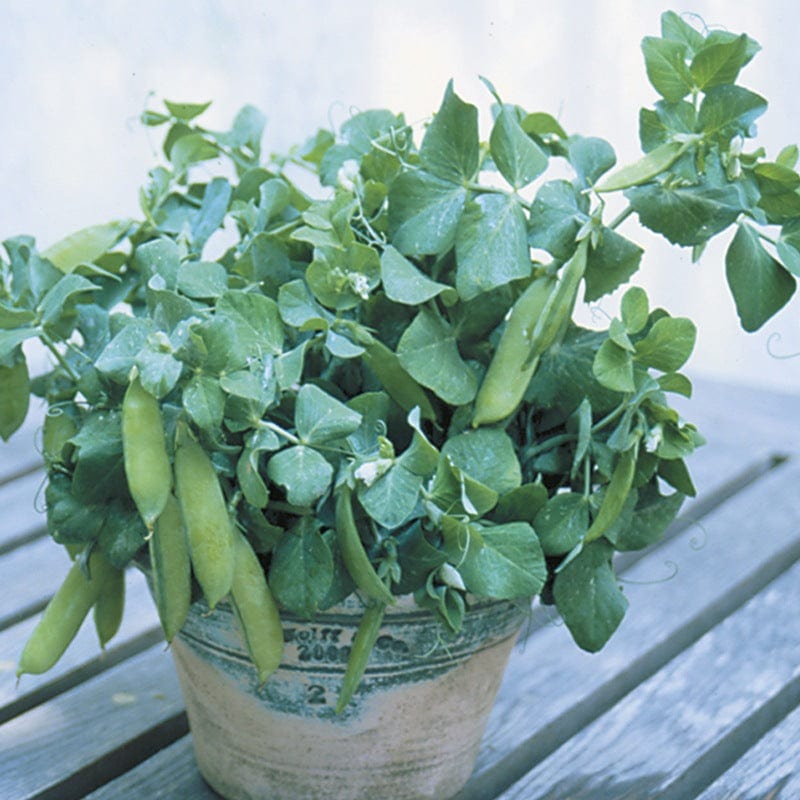


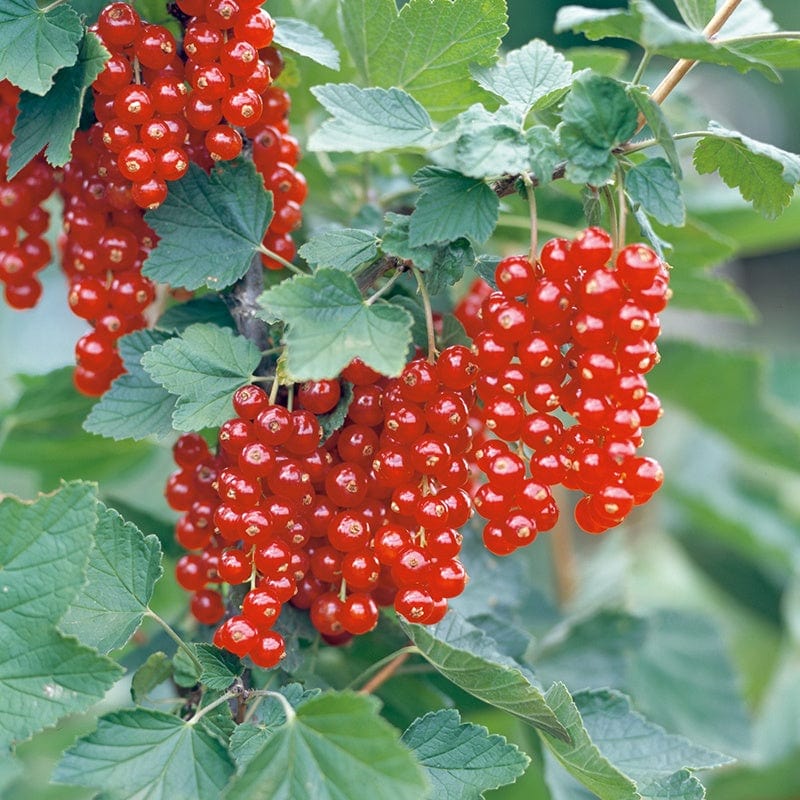

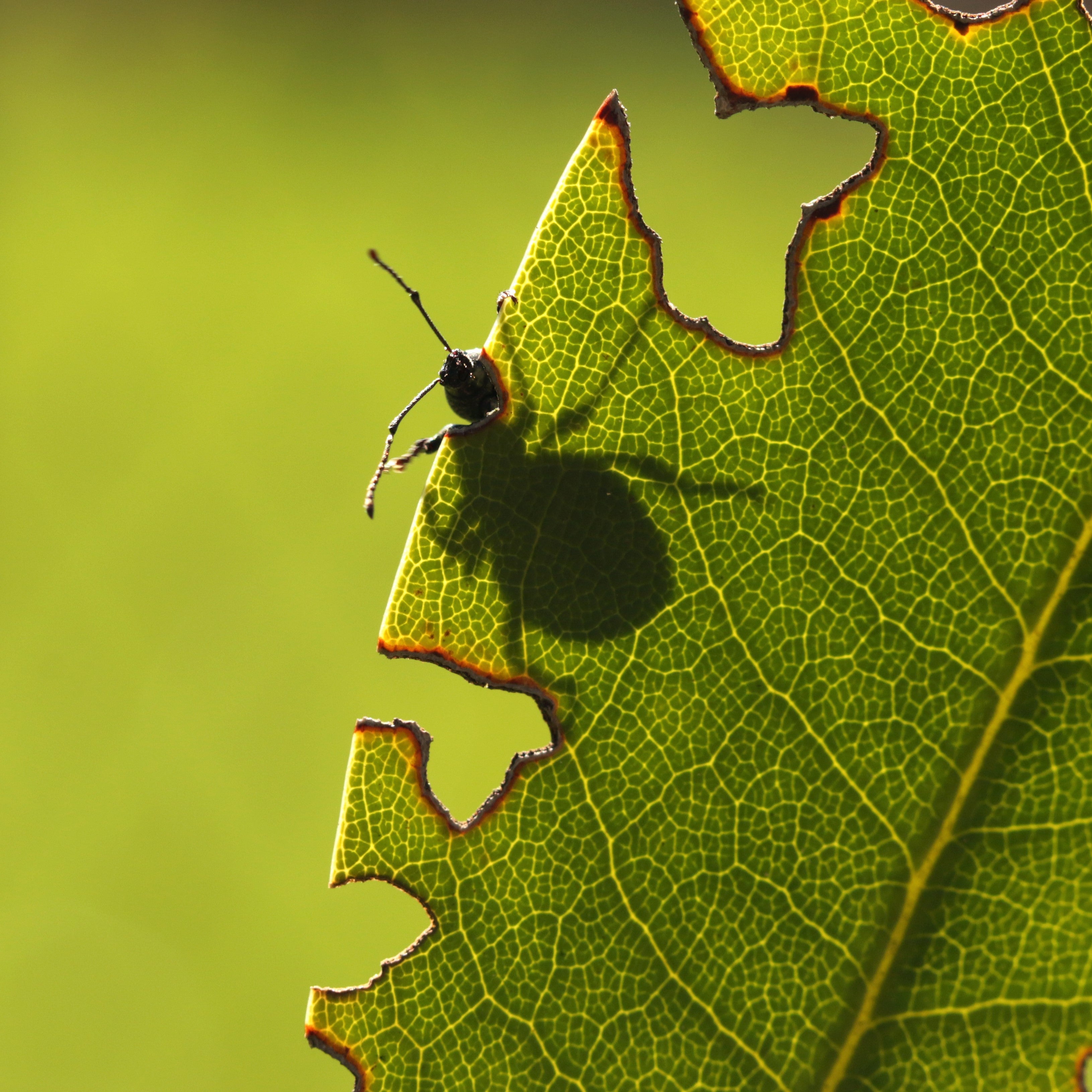




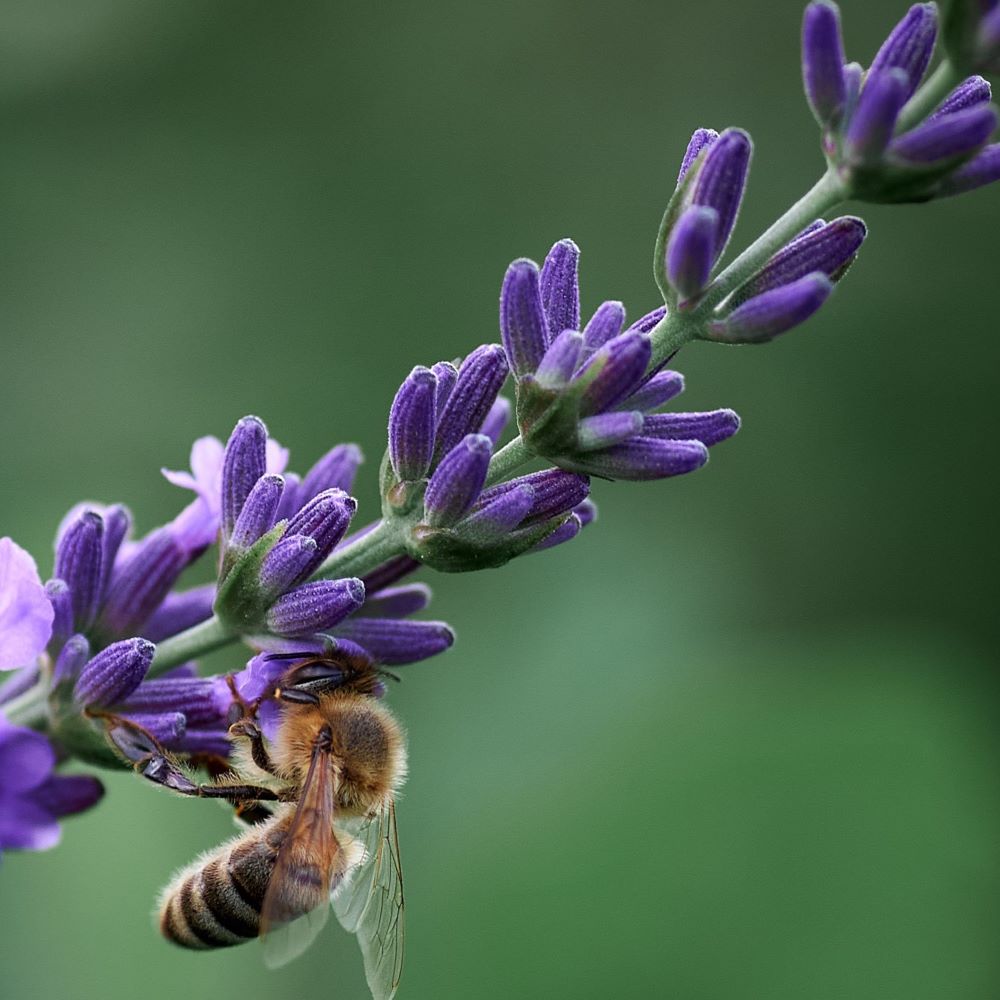


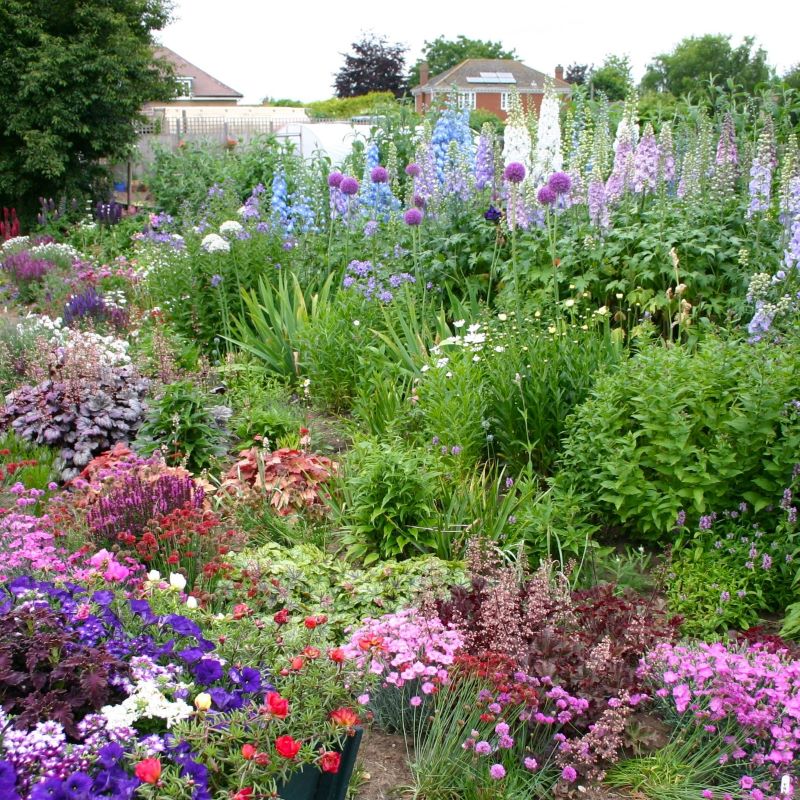

Leave a comment
All comments are moderated before being published.
This site is protected by reCAPTCHA and the Google Privacy Policy and Terms of Service apply.